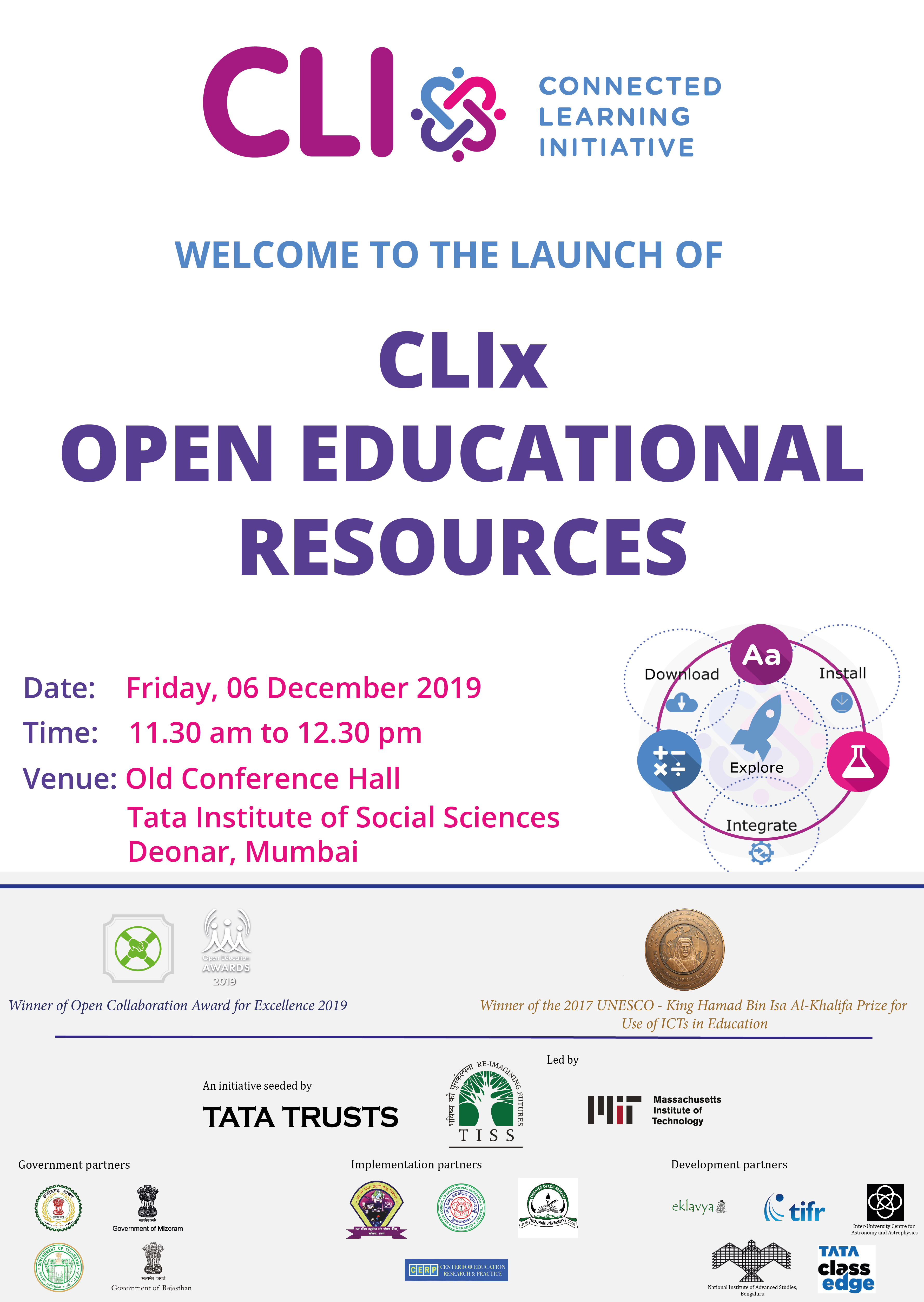The Validity Chapter
Are you a teacher? A parent? A student? Ever been in one of these roles? If yes, then you must have dealt with assessments in one form or the other. Have you ever been befuddled by questions of what to test, how to test and even when and where to test? Well, the English team was certainly grappling with these questions as it built its student modules and then began envisioning a Teacher Professional Development (TPD) course. Not surprsingly, we had embarked on a journey into the complex world of assessments.
We began with the basic question: What’s the difference between assessments and evaluation? We understood that while evaluation focuses on marks and grades awarded for what has been learnt and judges the quality of learning taking place, assessment focuses on identifying areas for improvement as it gauges how learning is taking place and how to enhance the learning and the teaching process.
So, what makes an assessment piece valid? Initially, the readings had us in a tizzy as they spoke of ‘face’ and ‘predictive’ and ‘construct’ and ‘content’ validity and similarly imposing terms. Then Prof. Black and Prof. Leung came to the rescue. They explained that a test has to look like a test, or have the ‘face ’ of a test. It should be able to ‘predict’ with some accuracy the estimated results, based on prior sampling of learners with similar characteristics. It should have ‘content’ familiar to students based on their course choices, and it should be able to identify the precise conceptual knowledge to be assessed. It should also identify the ‘constructs’ of language learning such as the sub-skills involved in the use of the language, to make the test a valid one. Validity, it emerged, is determined by how successfully the test gauges the target skills.
We are now exploring many such concepts in our KCL-TISS Assessments Workshop Series online, and we hope to soon put these concepts to use in our work sphere.
(Anusha Ramanathan, Curriclum Consultant, English team, CLIx)




